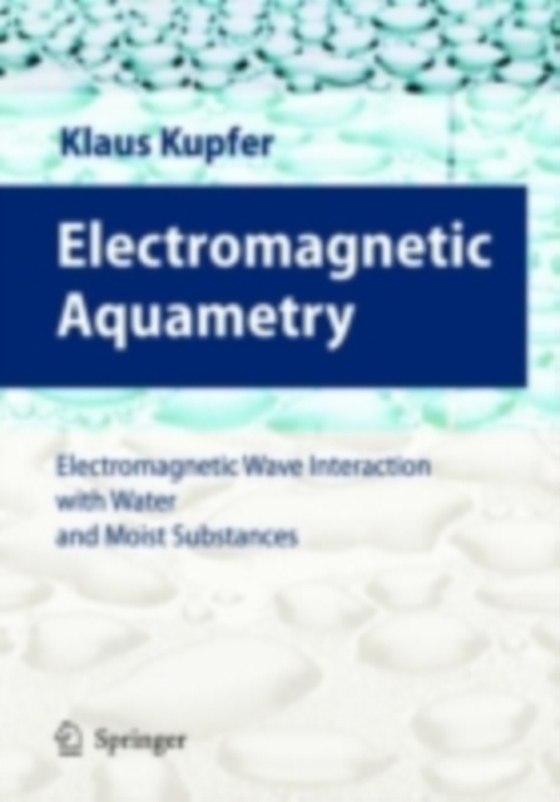
Electromagnetic Aquametry e-bog
1313,81 DKK
(inkl. moms 1642,26 DKK)
Mformation about a material can be gathered from its interaction with electromagnetic waves. The information may be stored in the amplitude, the phase, the polarisation, the angular distribution of energy transportation or the spectral characteristics. When re- trieved from the wave, certain material properties may thus be determined indirectly. Compared on the one hand to direct material analy...
E-bog
1313,81 DKK
Forlag
Springer
Udgivet
27 januar 2006
Genrer
PDD
Sprog
English
Format
pdf
Beskyttelse
LCP
ISBN
9783540264910
Mformation about a material can be gathered from its interaction with electromagnetic waves. The information may be stored in the amplitude, the phase, the polarisation, the angular distribution of energy transportation or the spectral characteristics. When re- trieved from the wave, certain material properties may thus be determined indirectly. Compared on the one hand to direct material analysis, an indirect method requires calibration and is prone to interference from undesired sources. On the other hand, however, it permits the determination of features inaccessible by direct methods, such as non-destructive material interrogation, high measurement speed, or deep penetration depth. However, being a physical method, the use of electromagnetic waves is still handicapped by the lack of acceptance by many chemists, who are used to applying direct approaches. Historically, the first application of electromagnetic wave interaction with mat- ter involved measurement of amplitude changes at a single frequency caused by material properties, and it is still used today by some systems. This approach was soon supplemented by single frequency phase measurements, in order to avoid distortions through amplitude instabilities or parasitic reflections. Such single pa- rameter measurements of course require dependence only on one variable in the measured process and sufficient stability of all other ancillary conditions. If that is not the case, the single parameter measurement fails.
 Dansk
Dansk

